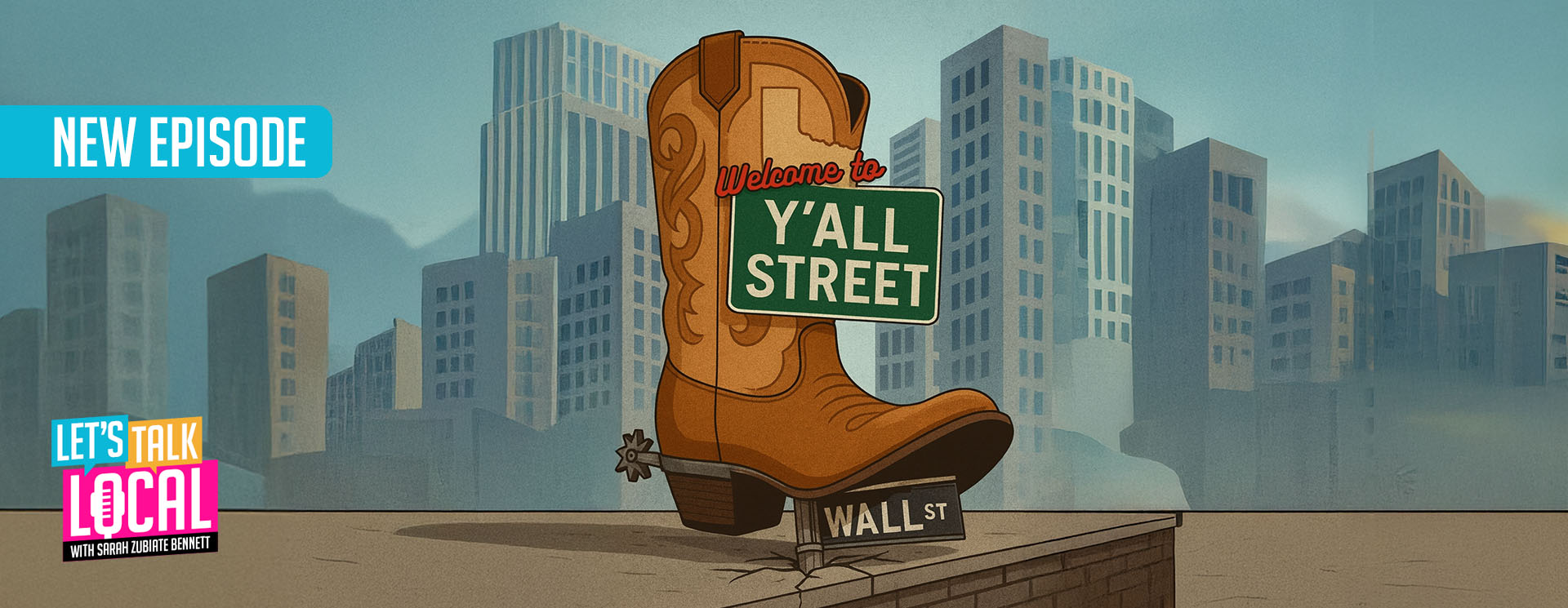As student enrollment shrinks, North Texas school districts face budget shortfalls, forcing painful decisions.
“Dallas ISD, Fort Worth ISD, those districts are seeing significant decline,” Bob Templeton, a demographer and vice president of the education segment at Zonda Education, told CBS News Texas.
He added that larger suburbs like Frisco, Arlington, Garland, Plano, and Grand Prairie are also seeing lower student enrollment, although the smaller ones, such as Celina, Prosper, Anna, and Melissa, appear to be growing.
“They’re the areas where we’re seeing the most new single-family homes,” Templeton said, per CBS, noting that such homes are more readily available and less expensive.
“The Planos, the Richardsons, the Keller ISDs … part of their issue is they’re aging out,” he continued. “They really need those neighborhoods to turn over, to regenerate so they can see some younger families.”
However, demographic shifts and housing costs are just parts of a much more complex story.
As previously covered by The Dallas Express, certain districts have been plagued by more political controversies, safety concerns, and academic shortcomings than others.
For instance, both Dallas ISD and Fort Worth ISD had lackluster showings in the Texas Education Agency’s latest available accountability reports. Just 41% of Dallas ISD students and 32% of Fort Worth ISD students hit the at-grade-level mark on the STAAR exam in 2021-2022.
Alternatives to public school have also grown in recent years, with charters and other private schools offering formidable competition and remote learning during the COVID-19 lockdowns, which gave greater impetus to homeschooling.
“Homeschool resources went crazy, expanded threefold, and we have seen homeschool numbers literally triple across the country in the last four to five years,” Templeton told CBS.
Between inflation and new security mandates, schools are also facing increased expenditures.
With Gov. Greg Abbott’s drive for school choice stalling any adjustments to public funding during the last legislative session, many district officials have blamed him for their financial difficulties. However, some have alleged that public school districts have been mishandling their expenditures for years, which were previously bolstered by COVID-related federal taxpayer dollars that are now winding down.
When it comes to saving money, some say school closures are the best strategy.
“Closing buildings is truly the only way to make significant reductions to the budget. It takes care of the operational cost and then causes them to redistribute their teaching resources in a more efficient way,” Templeton told CBS.
School districts such as Plano ISD and Richardson ISD have recently announced plans to close various campuses, citing multimillion-dollar deficits.
“Looking at where our budget is and knowing we were going to have to make some difficult decisions, as a superintendent, I promise you never in that trajectory is this a decision or recommendation you would hope to make,” Richardson ISD Superintendent Tabitha Branum said of having to close four schools, per KERA News.
Some districts, like Dallas ISD, have avoided these difficult decisions through strategic “right-sizing” and staff cuts.
“We did have to right-size based on loss of student enrollment. That’s a reality,” Dallas ISD Superintendent Stephanie Elizalde said, per KERA. “But we haven’t had to do the severe deep, deep cuts that many of our neighboring school districts have had to do.”
As reported by The Dallas Express, Dallas ISD’s board of trustees approved a 2024-2025 budget of nearly $1.9 billion, with a budget deficit of around $152 million. District taxpayers may also be looking at a 4.9% property tax hike, the first bump since 2018.


